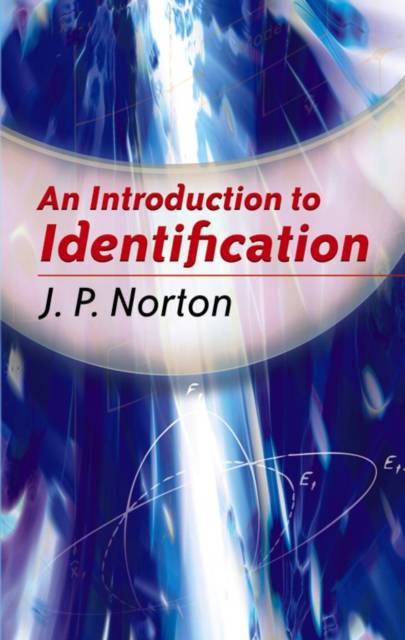
Door een staking bij bpost kan je online bestelling op dit moment iets langer onderweg zijn dan voorzien. Dringend iets nodig? Onze winkels ontvangen jou met open armen!
- Afhalen na 1 uur in een winkel met voorraad
- Gratis thuislevering in België vanaf € 30
- Ruim aanbod met 7 miljoen producten
Door een staking bij bpost kan je online bestelling op dit moment iets langer onderweg zijn dan voorzien. Dringend iets nodig? Onze winkels ontvangen jou met open armen!
- Afhalen na 1 uur in een winkel met voorraad
- Gratis thuislevering in België vanaf € 30
- Ruim aanbod met 7 miljoen producten
Zoeken
Omschrijving
Advanced undergraduates and graduate students of electrical, chemical, mechanical, and environmental engineering will appreciate this text for a course in systems identification. In addition to the theoretical basis for mathematical modeling, it covers a variety of tried-and-true identification algorithms and their applications. Moreover, its broad view and fairly modest mathematical level offer readers a quick appraisal of established methods and their limitations. In addition to surveys covering classical methods of identification including impulse, step, and sine-wave testing and identification based on correlation function, the text examines least-squares model fitting, statistical properties of estimators, optimal estimation, and Bayes and maximum-likelihood estimators. Other topics include experiment design and choice of model structure as well as model validation. Numerical examples show students how to apply the modeling theories, and a chapter on specialized topics introduces research areas."
Specificaties
Betrokkenen
- Auteur(s):
- Uitgeverij:
Inhoud
- Aantal bladzijden:
- 320
- Taal:
- Engels
- Reeks:
Eigenschappen
- Productcode (EAN):
- 9780486469355
- Verschijningsdatum:
- 1/04/2009
- Uitvoering:
- Paperback
- Formaat:
- Trade paperback (VS)
- Afmetingen:
- 135 mm x 211 mm
- Gewicht:
- 340 g

Alleen bij Standaard Boekhandel
+ 47 punten op je klantenkaart van Standaard Boekhandel
Beoordelingen
We publiceren alleen reviews die voldoen aan de voorwaarden voor reviews. Bekijk onze voorwaarden voor reviews.











